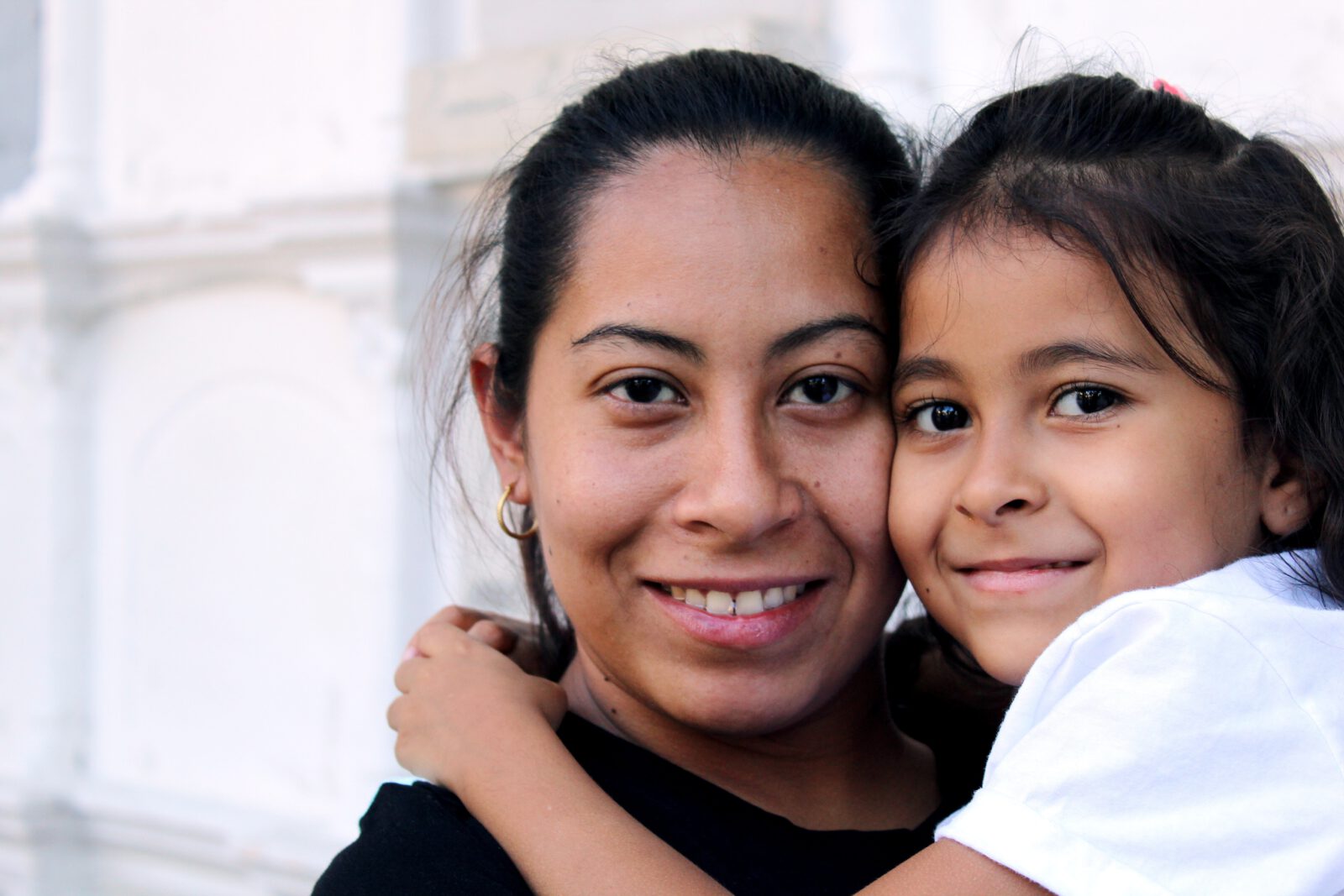
The 2024 BDO Nonprofit Benchmarking Survey Is Out
10.17.2024 | Linda J. Rosenthal, JD

The 2016 presidential election was a transformative event in the nation. There were unexpected and unprecedented repercussions around the nation touching people and entities generally far removed from the political fray.
There was the phenomenon of “rage giving”: “a visceral reaction in the general public that unleashes a deluge of contributions to political causes as well as to nonprofit organizations. “American donors turned in droves to well-known groups including the American Civil Liberties Union, Planned Parenthood, the Southern Poverty Law Center, and the Environmental Defense Fund.
In Rage Giving: What’s the Formula For Success?, we explained how the ACLU was able to jump into the fray quickly and successfully when the administration proposed its initial “Muslim ban. The group’s CEO had the foresight to insist, ahead of the November election, on contingency planning for either possible outcome.
The ACLU has stayed in the public eye in the face of repeated civil liberties threats; they were prepared to quickly scale up to absorb large amounts of money and use it to produce a string of successes.
Other, lesser-known, organizations have also been thrust into the limelight – for better or worse. In Rage Giving: The RAICES Example, we focused on the experience of “a formerly obscure Texas legal charity struck the jackpot. Millions of Americans, horrified by families being torn apart at the border, started sharing and donating to a campaign to raise money for RAICES, the Refugee and Immigrant Center for Education and Legal Services in Texas. The main Facebook fundraiser ended up bringing in almost $21 million – although the original stated goal was just $1500 to help out a single family. RAICES has adapted well to its new-found fame and success, using its new financial security to help people and – notably – children in desperate circumstances. The favorable news coverage for RAICES should be a game-changer for the organization’s, helping to cement its long-term success.
But not all nonprofits affected by the dramatically different laws and public policy starting on January 20, 2017, have welcomed the sudden glare of the news spotlight.
One such organization is Southwest Key, a Texas group that, for many years, provided services for youth populations in crisis. In recent years, it has responded to the influx of unaccompanied minors crossing the Mexican-U.S. border by creating and operating shelters for migrant kids.
Not much attention was paid by the outside world until news crews flocked to cover the migrant humanitarian crisis in the spring and summer of 2018. Southwest Key, now the largest operator of migrant detention shelters, has not fared well under intense news scrutiny. Huge infusions of government grant funds to meet the swelling demand for detainee housing have turned into a double-edged sword for this group.
The optics of terrified children detained in unacceptable conditions was enough of a public relations blow; now that reporters are probing the group’s operations and finances, there is a serious threat to Southwest Key’s long-term viability. The New York Times’s recent coverage pulls no punches: He’s Built an Empire, With Detained Migrant Children as the Bricks. This is a headline no charitable organization should want to be splashed across the nation’s front pages.
It’s the story of Juan Sanchez, the 71-year old CEO of Austin-based Southwest Key, who rose from the mean streets of the barrio to the halls of Harvard where he achieved a doctorate in education. He is flamboyant and relentlessly ambitious. “Casting himself as a social justice warrior, he calls himself El Presidente, a title inscribed outside his office and on the government contracts that helped make him rich.”
Southwest Key has received $1.7 billion in federal grants over the past 10 years, including $626 million a year most recently. In the past three years, revenue has tripled. But according to media investigations, there has been “little government oversight.” The group has “left a record of sloppy management” and what the NYT writers carefully describe as “possible financial improprieties.”
There is a “web of for-profit companies – construction, maintenance, food services and even a florist – that has funneled money back to the charity through high management fees” and that help this government-grant-funded organization “circumvent government limits on executive pay.”
Southwest Key sits on large amounts of cash – “some $61 million as of last fall.” Among the most egregious of its practices is its lending “millions of dollars to real estate developments, acting more like a bank than a traditional charity. It has opted to rent shelters rather than buy them.” This is quite “lucrative for shelter owners” who include CEO Juan Sanchez and the group’s chief financial officer.
The New York Times investigative team asked a former head of the IRS tax-exempt organizations division to review Southwest Key’s tax returns as well as their findings. “Regulators,” said Marcus Owens, “seemed to be ‘asleep at the switch.’” Asked to describe the financial dealings of the charity’s insiders, Mr. Owens replied: “I think the word is ‘profiteering.’”
Southwest Key is, and will continue to be, the largest provider in the United States of detention housing for migrant kids; there will be no let-up in the negative scrutiny of this 501(c)(3) organization as the border crisis continues and as most Americans watch in horror as it unfolds.
